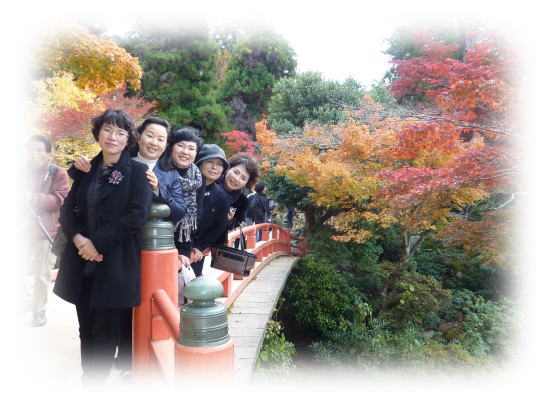Over the Years
Home > Over the Years > > Five Nurses from Korea Invited for Training
Five Nurses from Korea Invited for Training
Names and Titles of Trainees:
LEE Jin-Sook, Head Nurse
Department of Nursing, Seoul Red Cross Hospital
KIM Jung-Ja, Section Chief
Medical Treatment Dept. of Nursing, Korea Red Cross Incheon Hospital
JEONG Min-Sug, Chief Nurse
Nursing Dept., Geochang Red Cross Hospital
CHAI Suk-Hee, Head Nurse
Nursing Dept., Gyeongsang National University Hospital
PARK Yi-Kyun, Head Nurse
Nursing Div., KyungHee University Medical Center
Period of Training:
Training Organizations (in order of visits):
Hiroshima Atomic Bomb Casualty Council
Kurakake Nozomi-en (A-bomb survivors nursing home)
Radiation Effects Research Foundation
Hiroshima University Research Institute for Radiation Biology and Medicine
Hiroshima Peace Memorial Museum and other related places
Training Course:
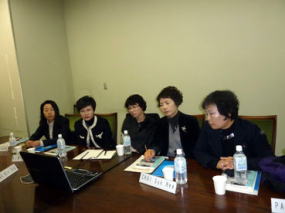
Watching HICARE introduction movie
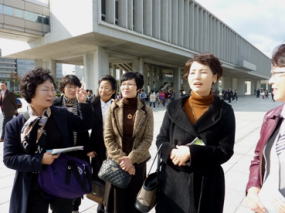
At Peace Memorial Park

In front of the Hiroshima Red Cross Hospital & Atomic-Bomb Survivors Hospital
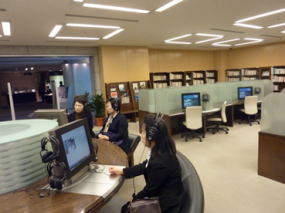
Watching the Atomic Bomb Victims' evidence story movies at the Hiroshima National Peace Memorial Hall
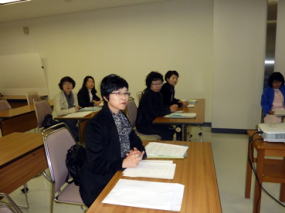
Lecture at Kurakake Nozomi-en
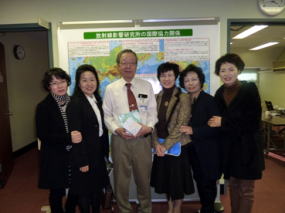
With Dr. Kazunori Kodama, Chief Scientist of Radiation Effects Research Foundation
Feedback:
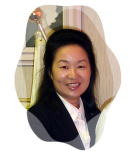
[Ms. LEE]
Through the HICARE training, I acquired deeper understanding of various work and activities regarding medical care for radiation-exposed of which I had only a vague idea. And visiting the Atomic-bomb Dome and Peace Memorial Museum and actually seeing the horrible scenes of the atomic bombing, made me convinced that I have to speak out to the world that this terrifying experience must never happen again.
I think it is very important that you actually come and see with your own eyes what happened to Hiroshima. I strongly realized the necessity of the HICARE training.
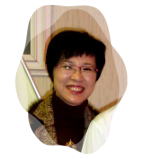
[Ms.KIM]
Before I visited Japan, I just thought that we would know general information such as damage by the atomic bombing. However, as the training went on (i.e.actually visiting the bombed sites,) I started to feel the pain of the A-bomb victims and my heart almost burst with grief.
I deeply understood why Hiroshima is appealing the sadness of atomic bombing to the world and leading the struggle for world peace.
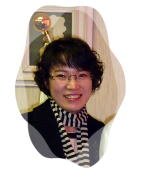
[Ms. JEONG]
Meeting the A-bomb survivors and finding out that they were still struggling 65 years after the bombing, made me have more caution against radiation exposure. Although the reasons of genetic problems of the A-bomb survivors' children have not yet been clarified, I was surprised with the fact that the epidemiological research has been done for a long time. I believe that Hiroshima's continuous research on the A-bomb survivors will definitely contribute to world peace.

[Ms. CHAI]
We will bring indescribable and valuable experience back home. I was almost forgetting the meaning of my work in the hectic routine, however, the HICARE training made me reconfirm that I need to serve struggling patients with more kindness, and not to work because I have to work. I would also like to learn more about radiation dose effects from medical equipment whose utilization is increasing.
Keeping the war tragedy which should never happen again in my mind, I will commit myself to working for realizing a world with no nuclear weapons.

[Ms. PARK]
I was astonished by the fact that Hiroshima has continued epidemiologic and statistic research on the radiation effects of the human body for more than 50 years.
We visited a nursing home for A-bomb survivors, and saw the living of the residents and their health management system, facility (i.e. occupational and exercise therapy,) and human resource management. It gave me the impression that their health and welfare are perfectly managed through medical treatment for the A-bomb survivors.
